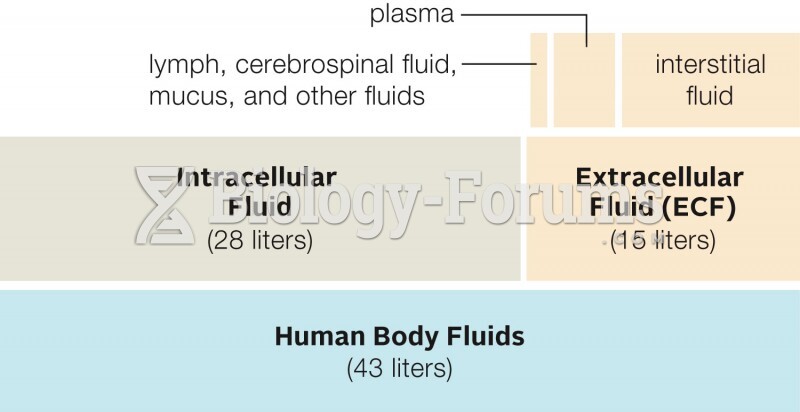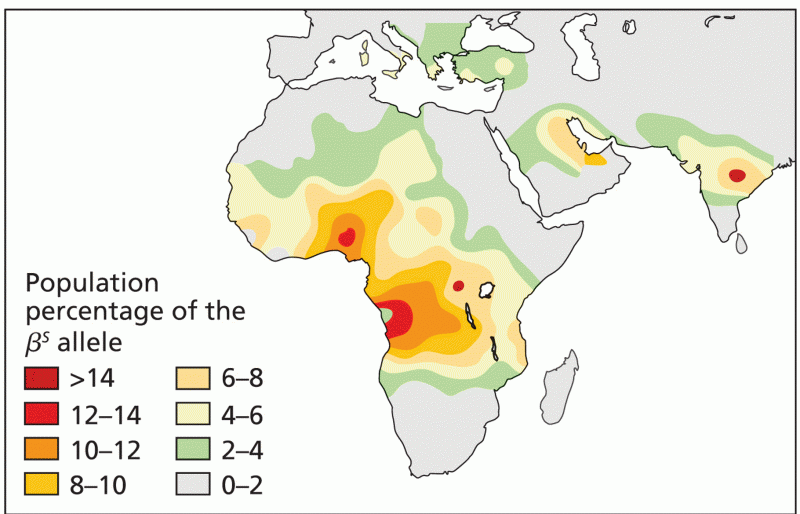Answer to Question 1
The activities performed in the distribution function have a tangible output that can be readily evaluated. These evaluations are made through the measurement and analysis of distribution key performance indicators (KPIs). Customers use distribution KPIs to objectively assess the quality of service provided by the distribution operation, while management can appraise operational costs and productivity.
Many aspects of distribution performance can be evaluated. Important issues include cost efficiency, inventory accuracy, order fill rates, and capacity utilization, among others. KPIs can be used to evaluate current performance of internal and 3PL operations versus historical results, internal goals, and customer requirements. They can also be used to benchmark results against those achieved by competitors, world-class organizations, and other links in the supply chain.
The two primary categories of distribution KPIs include customer-facing measures and internal measures. Both internally and externally focused KPIs are needed to evaluate the success and impact of a distribution operation.
Customer-facing KPIs must target reliability of the distribution processes to provide accurate, complete, and timely fulfillment of orders.
Order accuracy and order completeness KPIs are important to both the customer and the organization. Simply stated, customers want to receive the exact products and quantities that they ordered, not substitute items, incorrectly shipped items, or wrong quantities. These KPIs are measured as ratios of correct received to total ordered. Order accuracy evaluates the number of items ordered delivered correctly versus the number ordered. Order completeness is typically evaluated by an order fill rate KPI which compares the quantity received to the quantity ordered. Continuous monitoring of these metrics is important, as is fast reaction when problems are discovered.
Timeliness is a critical component of customer service. You may think of timeliness as being a transportation issue, but the distribution operation also plays a key role in delivering goods to customers on schedule. Order picking, preparation, and shipping each impact order cycle time. If these processes are not completed in a timely fashion, it may not be possible for the transportation system to make up the lost time. Therefore, it is very important to monitor the time required to process orders, from initial receipt until release to the transportation provider. Setting goals and measuring KPIs related to order processing time average, range, and standard deviation will direct attention toward improvement of order fulfillment velocity.
Industry-leading companies are now evaluating the combined impact of these KPIs via a metric called the perfect order index (POI). This measure indicates that four basic elements are in place to promote successful fulfillment of customer orders. To be considered a perfect order, the right items must be (1) delivered to the right place; (2) at the right time; (3) in defect-free condition; and (4) with the correct documentation, pricing, and invoicing. A service failure on any component means that the order is not counted as perfect and indicates a need for improvement.
Answer to Question 2
a







